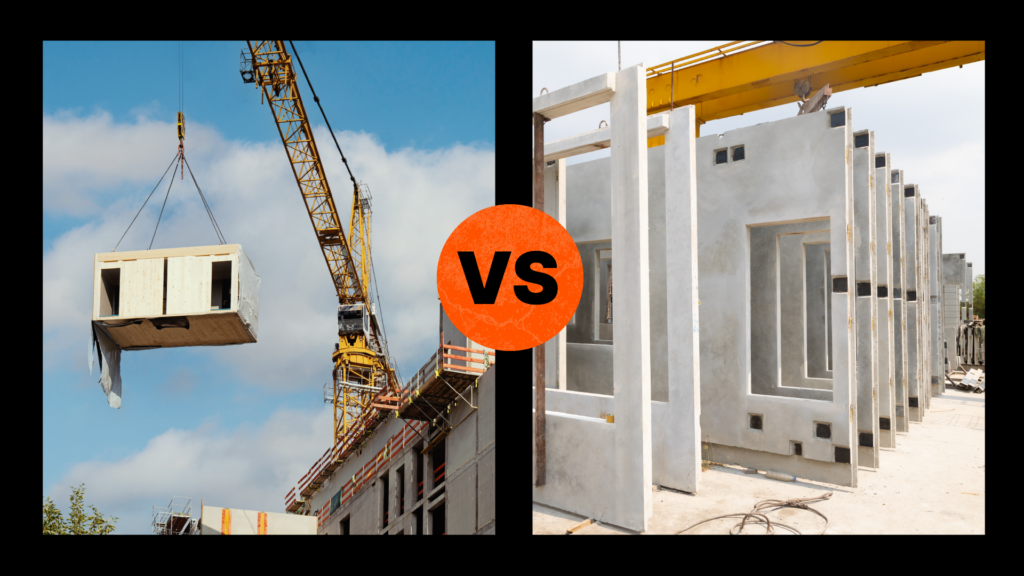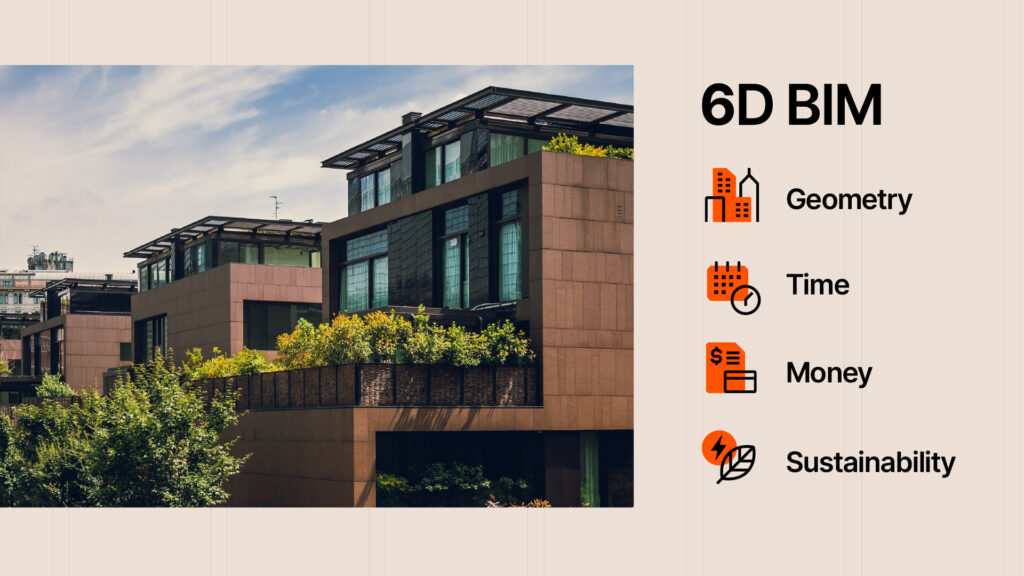— 3 min read
Concrete Calculators
Last Updated Aug 12, 2024
Last Updated Aug 12, 2024
The concrete calculators on this page make it easy to measure the volume required for some of the most common applications:
- Slabs
- Square columns
- Curbs & gutters
- Stairs
- Tubes (e.g. footings, round columns, or piers)
Commonly sold by the cubic yard for large construction projects, concrete mixes are also widely available in bags for smaller residential projects.
Concrete is easily made from aggregates like sand and gravel, a cement-like binder, and water. The result is an incredibly durable yet absorbent material that can be used in a wide variety of building applications. As a result, it is the most widely used building material in the world.
Table of contents
How to estimate concrete
Concrete is most commonly measured by the cubic yard. If it's been a while since your last geometry class, determining the correct volume required can be a challenge, depending on the complexity of the build.
The first step is to divide your area into smaller, more manageable shapes. Think of a set of concrete stairs, where each step is its own larger and larger rectangle. Then, by multiplying length, width, and height, you can find the volume of each. For any circles, the formula is π × radius² × height.
If measured in feet, divide the end result by 27 and round up to find the cubic yardage.
Ready mix vs bagged concrete
Concrete is generally sold in two ways:
- Ready mix concrete sold by the yard, delivered in a mixer truck
- Bagged concrete that requires mixing on-site
The choice between ready mix and bagged concrete is largely based on project size, but there are other factors to consider.
Ready mix orders generally provide a better quality of product with less variation between batches. The consistency helps to create a uniform product, while buying in bulk makes it more cost effective.
Ready mix is nearly universally used on construction projects -- pouring driveways, sidewalks, footers, or slab foundation -- while concrete bags are popular on small DIY building or craft projects. Bagged concrete may be suitable for small sidewalks, patios, deck footers, fencing, and any other home project that calls for multiple quick pours. The mixtures are simple to make but can take some time to prepare if being done on site. Additionally, you’ll need to rent a mixer or have a wheelbarrow handy.
How many bags of concrete do you need?
If you’ve decided to go with bagged concrete over ready mix, you have a few options of brands and sizes to choose from. Bagged concrete is sold by weight, in either 40, 60, or 80 pound units. Using the largest size, it takes about 45 bags to fill one cubic yard. Taking the size of your project into consideration, the concrete calculators can use this information to produce an accurate estimate.
Note that spillage does occur, and it could be wise to purchase anywhere from 5-10% extra concrete. This can also help accommodate for any batches that didn’t quite turn out the way you would like.
Was this article helpful?
Thank you for your submission.
100%
0%
You voted that this article was . Was this a mistake? If so, change your vote here.
Scroll less, learn more about construction.
Subscribe to The Blueprint, Procore’s construction newsletter, to get content from industry experts delivered straight to your inbox.
By clicking this button, you agree to our Privacy Notice and Terms of Service.
Categories:
Tags:
Written by
Daniel Gray
28 articles
Daniel is an educator and writer with a speciality in construction. He has been writing construction content for Procore since 2022, and previously served as a Procore Content Manager before continuing to pursue an education career as an Assistant Headmaster for Valor Education in Austin. Daniel's experience writing for construction — as well as several clients under an agency — has broadened his knowledge and expertise across multiple subjects.
View profileExplore more helpful resources

Modular Construction and MEP: A Collaborative Pairing
In an age of supply chain disruptions, workforce shortages, and rising material costs, off-site construction — including modular construction methods and prefabricated materials — is surfacing as a multipurpose solution....

Connected Construction: Transforming the Industry Through Integration
Construction projects are becoming increasingly complex, so companies need to innovate to accurately and profitably complete these modern structures. Connected construction — using technology and data to improve communication, processes...

Off-Site Construction: Prefab vs. Modular
As the construction world becomes ever more competitive, deadlines get tighter and the margin for error gets slimmer, project owners around the world are always looking for an edge. Thanks...

The Role of BIM in Sustainable Construction
Building information modeling (BIM) is transforming the architecture, engineering, and construction (AEC) industry. With this kind of sophisticated modeling, the industry has shifted from designing in 2D to 3D. This helps...